Description
Silica Ramming Mass: The Unsung Hero of High-Temperature Industries
In the demanding world of high-temperature industrial processes, the choice of refractory materials is crucial. Among these, silica ramming mass stands out as a reliable and cost-effective solution for lining furnaces, ladles, and other critical equipment. This article delves into the properties, applications, advantages, and considerations surrounding silica ramming mass, highlighting its importance in various industries.
What is Silica Ramming Mass?
Silica ramming mass is a granular refractory material composed primarily of silica (SiO2) in the form of quartzite, silica sand, or other silica-rich minerals. It is mixed with binders like clay, sodium silicate, or phosphoric acid, along with additives that improve its workability and high-temperature performance.
Unlike fired refractory bricks, ramming mass is applied in a plastic or semi-plastic state and compacted (rammed) into place. This process creates a monolithic lining that conforms precisely to the shape of the equipment, minimizing joints and increasing structural integrity. Upon heating, the binders decompose, and the silica particles sinter together, forming a strong, dense, and durable refractory lining.
Key Properties of Silica Ramming Mass:
- High Refractoriness: Silica ramming mass exhibits excellent resistance to high temperatures, typically withstanding temperatures up to 1700°C (3092°F).
- Good Volume Stability: It shows minimal expansion or contraction under elevated temperatures, crucial for maintaining lining integrity and preventing thermal stress.
- Resistance to Acid Slag: Silica is highly resistant to acidic environments and slags, making it suitable for applications where acid attack is a concern.
- Excellent Creep Resistance: It exhibits minimal deformation under sustained high-temperature loads, ensuring long-term stability.
- Affordable Cost: Compared to some other high-performance refractories, silica ramming mass offers a cost-effective solution for lining high-temperature equipment.
Applications Across Industries:
Silica ramming mass finds widespread application in various industries, including:
- Steel Industry: Lining electric arc furnaces (EAFs), converters, ladles, and induction furnaces. Its resistance to acid slag and high temperatures is critical in steelmaking processes.
- Foundry Industry: Lining induction furnaces for melting ferrous and non-ferrous metals.
- Glass Industry: Lining glass melting furnaces, benefiting from its resistance to chemical attack and high temperatures.
- Cement Industry: Lining rotary kilns and other high-temperature process equipment.
- Non-Ferrous Metals Industry: Lining furnaces used in the smelting and refining of copper, aluminum, and other non-ferrous metals.
Advantages of Using Silica Ramming Mass:
- Monolithic Lining: Creates a seamless lining, eliminating weak points associated with brick joints, leading to improved structural integrity and reduced penetration by molten materials.
- Customizable Shape: Easily conforms to complex shapes and geometries, providing a tailored solution for specific equipment requirements.
- Ease of Installation: Compared to bricklaying, ramming is a relatively simple process, reducing installation time and labor costs.
- Good Thermal Insulation: Provides a degree of thermal insulation, reducing heat loss and improving energy efficiency.
- Long Service Life: When properly installed and maintained, silica ramming mass linings can offer a long service life, minimizing downtime and replacement costs.
Considerations for Successful Application:
- Material Selection: Choosing the correct grade of silica ramming mass is crucial, considering factors like particle size distribution, binder type, and specific application requirements.
- Proper Installation: Thorough ramming and compaction are essential to achieve a dense and uniform lining. Insufficient compaction can lead to premature failure.
- Curing Schedule: Following a proper curing schedule allows the binders to set and develop sufficient strength before exposing the lining to high temperatures.
- Operating Conditions: Understanding the operating conditions, including temperature fluctuations, slag chemistry, and mechanical stresses, is vital for optimizing lining performance.
- Maintenance and Repair: Regular inspection and timely repair of any cracks or damage are necessary to extend the lining’s lifespan.
Conclusion:
Silica ramming mass is a versatile and reliable refractory material that plays a crucial role in maintaining the efficiency and longevity of high-temperature equipment across various industries. Its affordability, ease of installation, and excellent performance characteristics make it a preferred choice for lining furnaces, ladles, and other critical components. By carefully considering the material selection, installation procedures, and operating conditions, users can maximize the benefits of silica ramming mass and ensure a safe and productive operation. As industries continue to push the boundaries of high-temperature processing, silica ramming mass will undoubtedly remain a valuable and essential material.

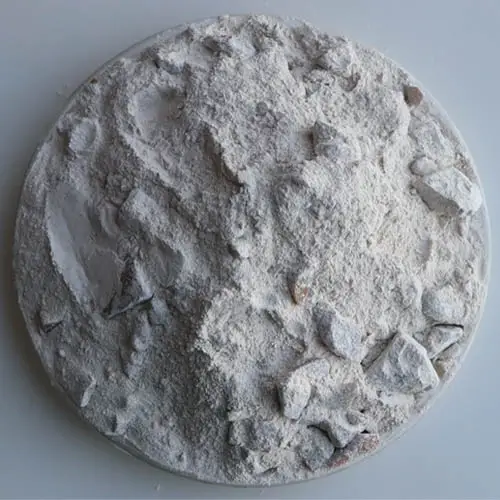

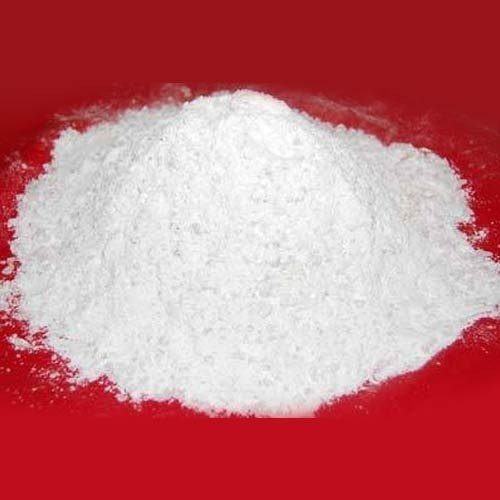
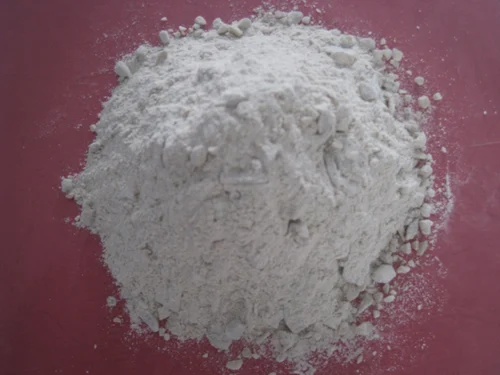
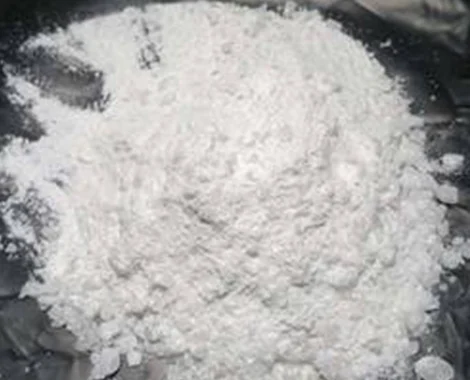
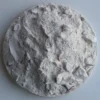

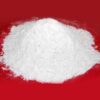
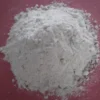

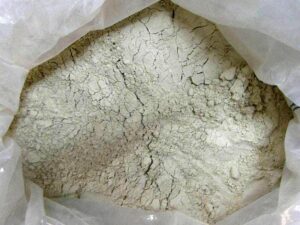
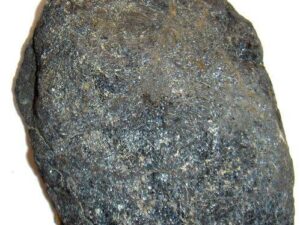


Reviews
There are no reviews yet.